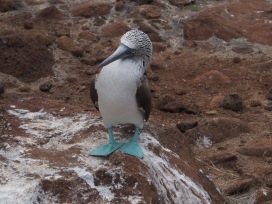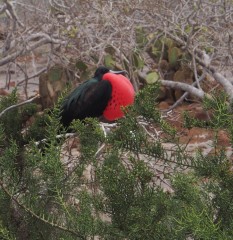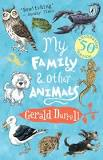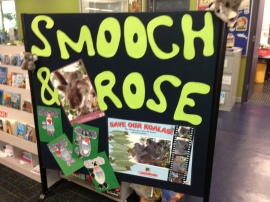My first ever pet disappeared into someone’s soup. No, he didn’t fall. We were fresh out from England and didn’t know that in Africa tortoise was a local delicacy. I had him about a year until he was fat enough… I mean, until he ‘disappeared.’
In that year, I fell in love.
Most 6 year olds girls I knew played with dolls and prams and nice clean girly stuff. But not me. My tortoise and I were best mates out in our red soil yard. We played doctors and nurses (that’s another story – sorry Blackie the rabbit) and made pretend houses from mud, sticks and grass. We nibbled home grown peanuts and took turns on the swing. Until the shock discovery of the empty pen.
He’s run away, said my mum.
A tortoise. Run away? But I believed her, and grieved like only a 7 year old can, with a private memorial service of course. I never stopped hoping he’d come on home, and it was only many years later I found out about the soup.
 Since then, I’ve always had a thing for tortoises. Perhaps it’s their smiley faces. Or their ungainly gait. Either way, it led me to Ecuador last month to see the giant tortoises of the Galapagos Islands. And they didn’t disappoint. I was surprised how active they were for such heavy animals (they weigh on average 250kg), and how tolerant they were of us snapping cameras in their faces. The ones we saw were over 100 years old, living completely in the wild. The Darwin Research Institute collects most of the eggs (each female only lays one egg per year) and raises the tortoises in captivity until they are three years old. After that, the introduced predators, like rats and dogs, won’t eat them, they’re released in the area they came from, and they thrive.
Since then, I’ve always had a thing for tortoises. Perhaps it’s their smiley faces. Or their ungainly gait. Either way, it led me to Ecuador last month to see the giant tortoises of the Galapagos Islands. And they didn’t disappoint. I was surprised how active they were for such heavy animals (they weigh on average 250kg), and how tolerant they were of us snapping cameras in their faces. The ones we saw were over 100 years old, living completely in the wild. The Darwin Research Institute collects most of the eggs (each female only lays one egg per year) and raises the tortoises in captivity until they are three years old. After that, the introduced predators, like rats and dogs, won’t eat them, they’re released in the area they came from, and they thrive.
The Galapagos is certainly worth a visit, if you happen to be passing! Some of the other treats were beautiful Boobie birds, dinosaur like iguanas and bright red chested frigate birds. I can feel a story coming on …








